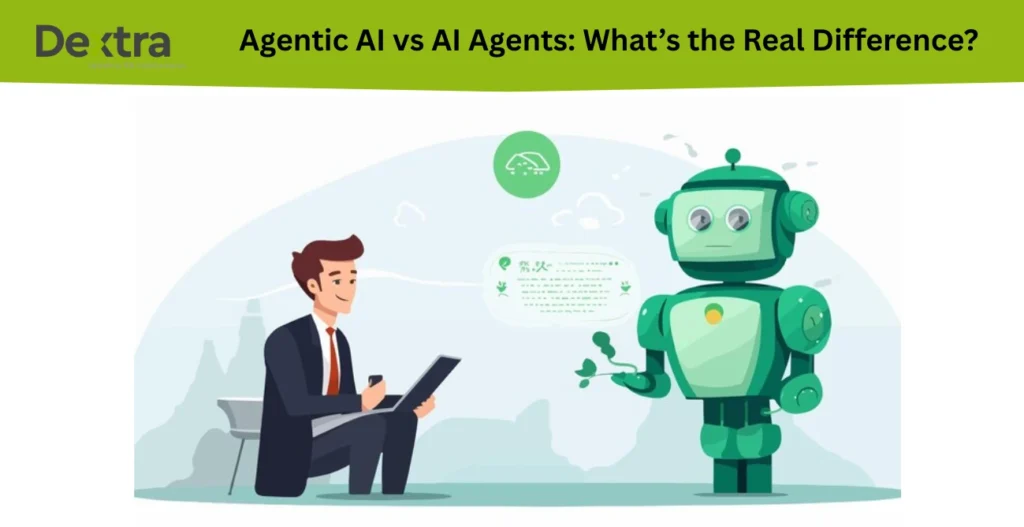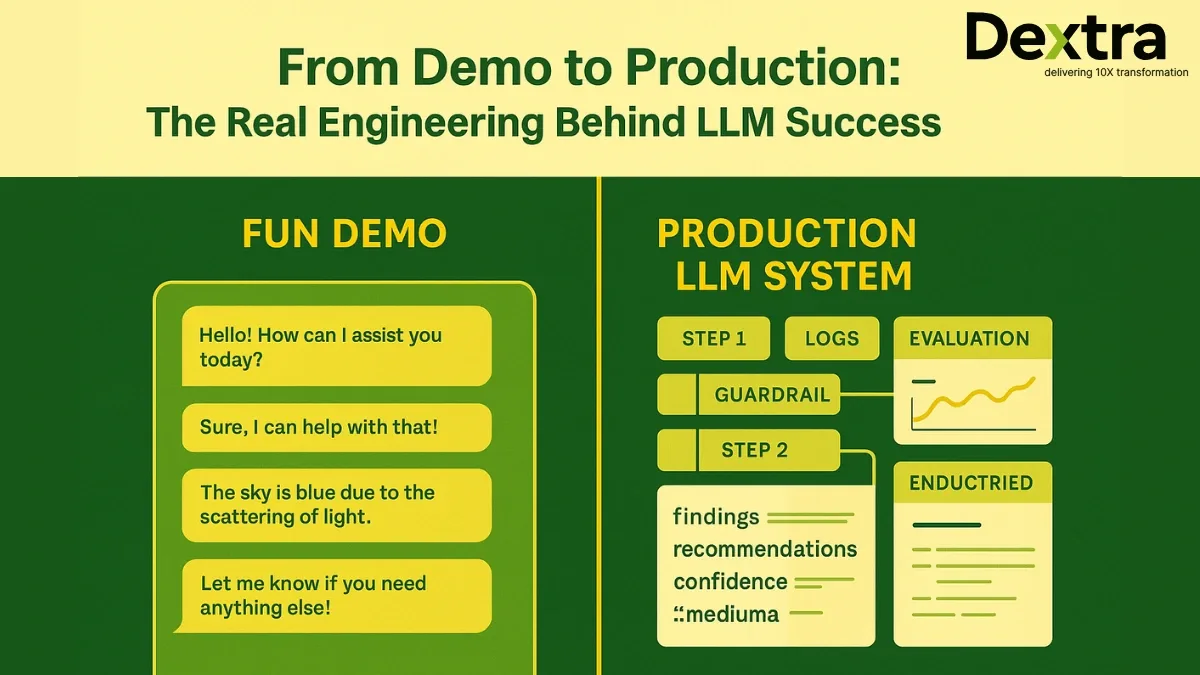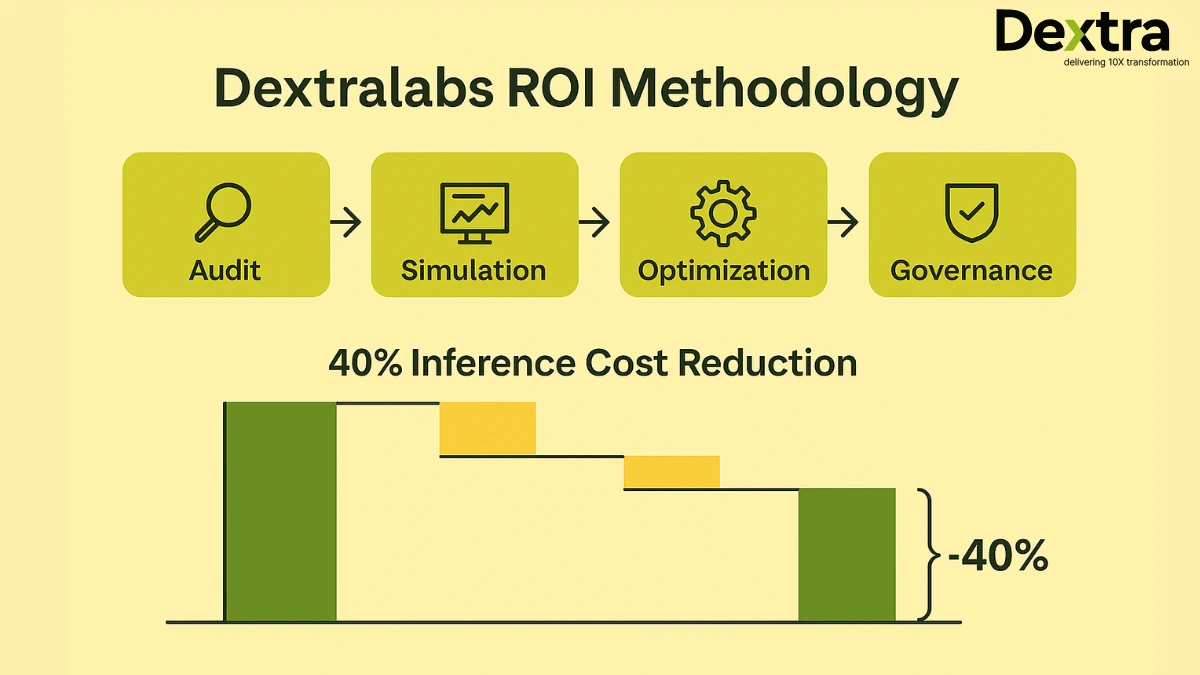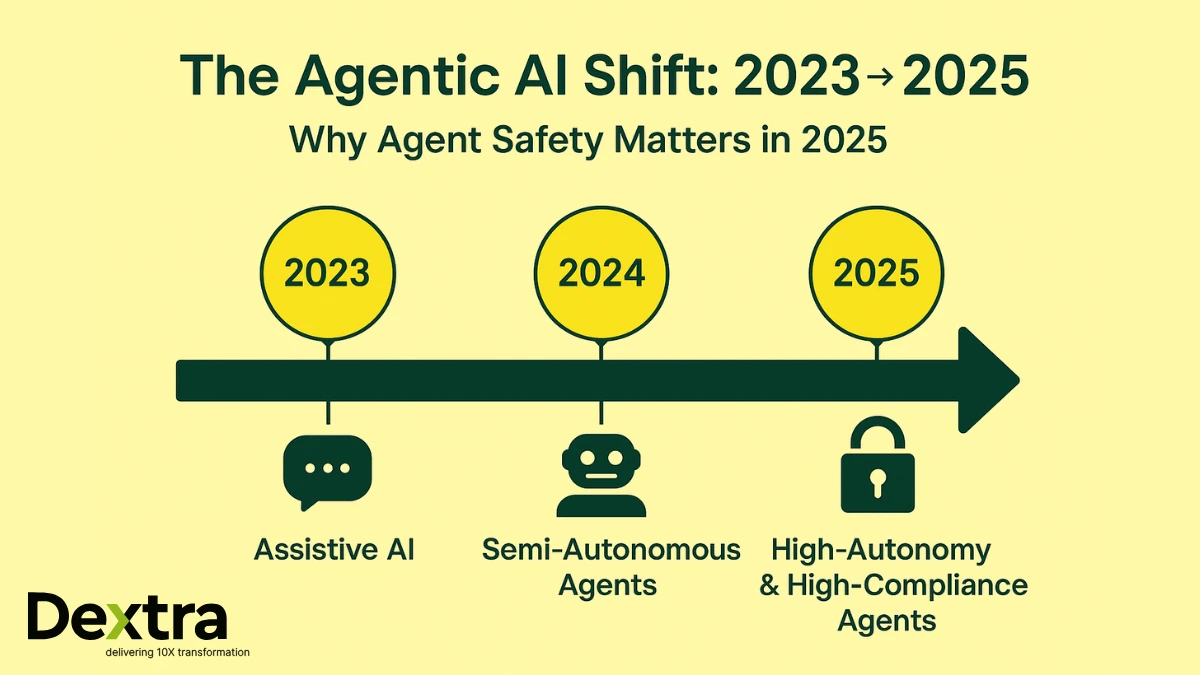If you’ve been keeping up with the artificial intelligence (AI) world, you’ve probably heard of the terms AI Agents and Agentic AI. On the surface, they could easily pass off as another set of buzzwords, but they’re actually two different kinds of AI systems that are going to completely change the way we work, build, and innovate. So, what are they? How are they different? And why should you care?
In this guide, we’ll break down both concepts in simple terms, highlight their real-world uses, and explore what the future holds for each.
Empower Your Tech Team with Agentic AI
Go beyond task-based automation. Integrate Agentic AI into your systems with Dextralabs and unlock smarter decision-making across your tech stack.
Book a Free Ai ConsultationWhat are AI agents?
AI agents are self-contained computer software programs that are meant to act in accordance with a particular set of tasks by sensing their surroundings, making choices, and behaving towards an objective. While the term is technical, you interact with AI agents more than you realize in terms of chatbots, recommendation systems, or even GPS navigation applications.
These Ai Agents are often constructed for specific, narrowly defined purposes and excel at repetitive tasks and mundane assignments. For example, a customer support chatbot answers user questions in real time, while a code assistant such as GitHub Copilot prompts you with code snippets as you are typing. What differentiates AI agents from other entities is that they are reactive.
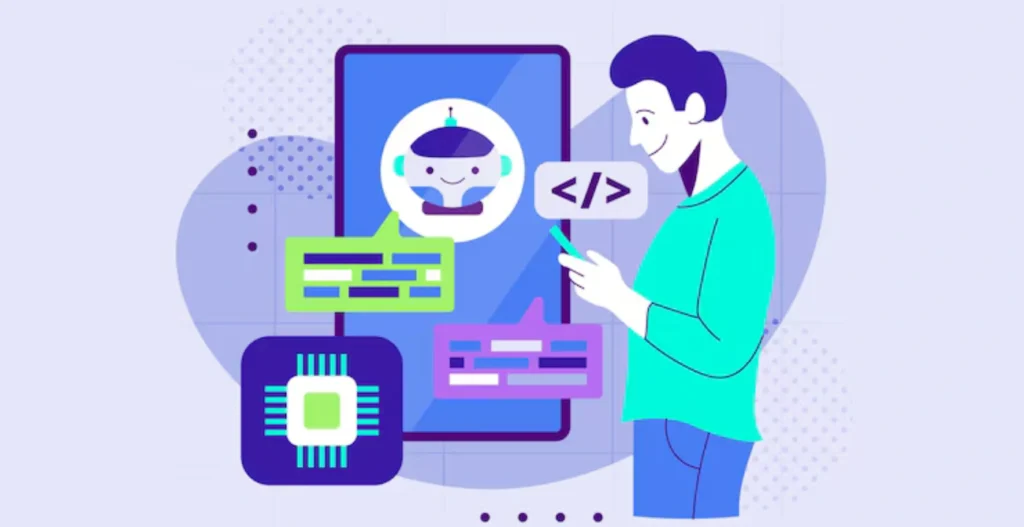
They don’t make choices unless provoked and don’t usually have the ability to hold memory or context from one session to the next. They implement a straightforward loop: get an input, process it with pre-programmed rules or AI models, and produce an associated output.
AI agents are very handy for automating processes such as form filling, simple content creation, language translation, or screening out spam messages. At Dextralabs, we specialize in AI Agents Development Services, helping businesses design and deploy intelligent agents tailored for real-world use cases—from customer support and workflow automation to DevOps monitoring. As an AI agent development company, we focus on building reliable, scalable systems that go beyond simple rule-based responses.
What is Agentic AI?
Agentic AI represents the next evolution of artificial intelligence systems that go beyond simply reacting to user commands and begin to operate with purpose. autonomy, and adaptability. Unlike standard AI agents, agentic AI systems can understand high-level goals, break them down into subgoals, and create action plans to achieve them, often with minimal human supervision.
These systems can operate across multiple steps, use external tools, adapt to new information, and even reflect on their own performance to improve over time.
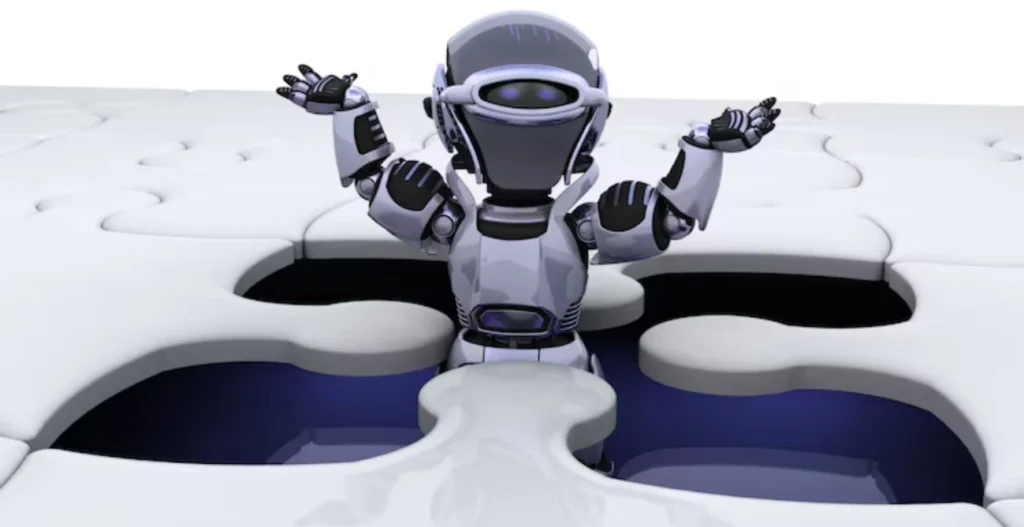
For example, agentic AI tools like AutoGPT or Devin (an AI software engineer) can research a topic, generate code, test it, and deploy it without being micromanaged by a developer. These systems act more like collaborators than assistants. They combine planning, memory, reasoning, and execution into one autonomous loop.
You might find them building MVPs for startups, running complex marketing campaigns, automating data analysis pipelines, or navigating physical environments in robotics. Agentic AI is essentially AI with a mind of its own capable of understanding objectives, learning from context, and delivering complete outcomes rather than just isolated outputs.
Agentic AI vs AI Agents: Key Differences
Here’s where it gets fascinating: while both AI Agents and Agentic AI are built on artificial intelligence, they function in fundamentally different ways.
| Aspect | AI Agents | Agentic AI |
| Autonomy | Limited autonomy; requires constant user input or prompts | High autonomy; can take initiative based on goals |
| Task Complexity | Performs single, well-defined tasks | Handles multi-step, complex workflows |
| Planning Ability | No or limited planning; follows pre-set rules | Can plan, sequence, and execute multiple steps autonomously |
| Goal Handling | Executes direct instructions | Understands and decomposes high-level goals into subgoals |
| Adaptability | Reactive; changes only with new inputs | Adaptive; modifies behavior based on outcomes and new data |
| Context Awareness | Operates without memory or continuity | Maintains context and state across sessions |
| Tool Usage | Uses built-in logic or tools | Can call external APIs, use browsers, or operate tools to accomplish tasks |
| Learning Capability | Typically static; doesn’t learn from past interactions | Can reflect and improve over time (with feedback loops or memory) |
| Human Dependency | Needs detailed instructions from users | Requires only a high-level goal; works independently |
| Real-World Examples | Chatbots, recommendation engines, navigation apps | AutoGPT, Devin (AI software engineer), AI research agents |
| Role in Workflow | Supports human work; assists with repetitive or narrow tasks | Can own and drive entire processes end-to-end |
| Intelligence Level | Narrow AI (focused, single-function) | More general, agentic intelligence (goal-driven) |
Where Do We See These in the Real World?
AI Agents and Agentic AI are no longer just futuristic concepts they’re actively being used across industries, each playing a unique role in shaping how businesses operate and innovate.
Agentic AI in Action
1. Self-Driving Cars: Agentic AI is the brains behind autonomous vehicles. These systems perceive their surroundings, make real-time decisions, and continuously learn from every trip. Tesla’s Full Self-Driving technology is a strong example an Agentic AI that refines its driving behavior through constant exposure to real-world scenarios, improving safety and adaptability over time.
2. Supply Chain Management: Agentic AI optimizes supply chains by autonomously managing inventory, forecasting demand, and adjusting logistics in real time. Amazon’s warehouse robots showcase this in action they navigate dynamic environments, handle goods efficiently, and learn to improve workflows, reducing delays and increasing productivity.
3. Cybersecurity: In cybersecurity, Agentic AI can detect threats, assess vulnerabilities, and respond to incidents without human intervention. Tools like Darktrace use autonomous learning to spot unusual patterns, counteract attacks instantly, and evolve with new threats, making them a powerful defense mechanism in a rapidly evolving digital world.
4. Healthcare: Agentic AI supports doctors in diagnostics, treatment planning, and patient care management. IBM’s Watson Health, for example, analyzes vast volumes of medical data, identifies patterns, and generates recommendations, helping professionals make informed decisions and deliver personalized care.
AI Agents in Action
1. Customer Support: AI agents are commonly used in customer service, where they automate responses, troubleshoot problems, and guide users through processes. Tools like Zendesk’s AI chatbot help businesses manage high volumes of queries, allowing human agents to focus on complex issues.
2. Personal Assistants: Voice assistants like Siri, Alexa, or Google Assistant are classic AI agents. They help with tasks such as setting reminders, checking the weather, or playing music. While not highly autonomous, they’re extremely effective at executing predefined commands quickly and accurately.
3. Email Management: Smart email tools like Gmail’s Smart Compose use AI agents to predict phrases, organize your inbox, and suggest replies, saving users time and effort. These agents understand context but operate within a narrow scope.
4. Productivity Tools: GitHub Copilot is a prime example of an AI agent designed to boost developer productivity. It offers real-time code suggestions, helps debug, and accelerates software development all while staying within the developer’s environment and control.
Looking Ahead: What’s Next for Agentic AI vs AI Agents?
The Benefits:
- Revolutionizing Industries: From autonomous driving to automated support, both Agentic AI and AI agents are unlocking new levels of efficiency and innovation.
- Smarter Decisions: Agentic AI can process and analyze vast datasets, identify patterns, and make decisions faster and more accurately than human operators.
- Hyper-Personalization: In sectors like finance and healthcare, AI can tailor services in real time based on user behavior and predictive insights.
The Challenges:
- Job Displacement: As AI systems become more capable, some traditional roles may decline, but new opportunities will also emerge in AI development, oversight, and integration.
- Ethics and Accountability: With more autonomy comes the need for clear governance. Who is responsible if Agentic AI makes an error? Transparency and ethical frameworks are crucial.
- Data Privacy: As AI handles more sensitive information, ensuring strong data protection and compliance with privacy laws becomes a top priority.
Final Thoughts
AI Agents and Agentic AI are changing the world in distinct but complementary ways. While AI Agents thrive on well-defined, repetitive tasks, Agentic AI excels at managing complexity, learning from experience, and achieving broader goals. The future will likely blend both AI Agents enhanced with agentic capabilities giving rise to intelligent systems that not only assist but truly collaborate. Embracing both will be key to staying ahead in an AI-driven future.
From AI Agents to True Intelligence
Transform your DevOps workflow with Dextralabs’ cutting-edge Agentic AI solutions—designed to boost autonomy, adaptability, and efficiency.
Book a Free Ai ConsultationFAQs on Agentic Ai vs Ai Agents:
Q. What is the difference between Agentic AI and AI Agent?
Agentic AI is like a smart assistant that can think and act on its own. It makes decisions, adjusts to changes, and works toward goals without needing someone to constantly tell it what to do. An AI Agent, however, is just one part of that bigger system. It usually has a fixed job—like answering questions or processing data—and follows set rules. Think of Agentic AI as the brain, and the AI agent as one of its hands doing a specific task.
Q. What is the difference between Virtual Agent and Agentic AI?
A Virtual Agent is commonly found in chatbots or customer support tools. It gives answers, handles requests, and usually follows a script. It waits for a user to say something before doing anything. Agentic AI is more advanced. It doesn’t just wait for instructions—it observes, plans, and takes action by itself. It can learn, adapt, and decide what to do next based on the situation.
Q. What is the difference between Agentic and Agentive?
These two words sound similar, but they have different meanings.
Agentic refers to someone or something that acts with independence and makes their own choices—like a person or system that takes initiative.
Agentive is more about playing the role of an “agent”—the one doing the action, especially in grammar or simple systems. In AI, it might describe tools that act on your behalf but don’t think for themselves.
So, agentic is about independence, while agentive is about action.
Q. What is the difference between Assistive AI and Agentic AI?
Assistive AI helps people do things better or faster. It gives suggestions, answers questions, or performs tasks—but only when you ask it to. It’s useful, but it depends on you to get started. Agentic AI takes things a step further. It doesn’t just wait to be told—it watches, thinks, and acts on its own. It’s more like a teammate that takes charge when needed, not just a helper.
Q. What is the difference between AI Workflow and Agentic AI?
An AI Workflow is a set of steps that AI follows to complete a task. It’s usually built in advance and doesn’t change much. It’s like following a recipe. Agentic AI is more flexible. Instead of following a fixed plan, it makes decisions in the moment, learns from experience, and changes its approach if needed. It’s like a chef who knows the recipe but adjusts it based on what’s available and who’s eating.

